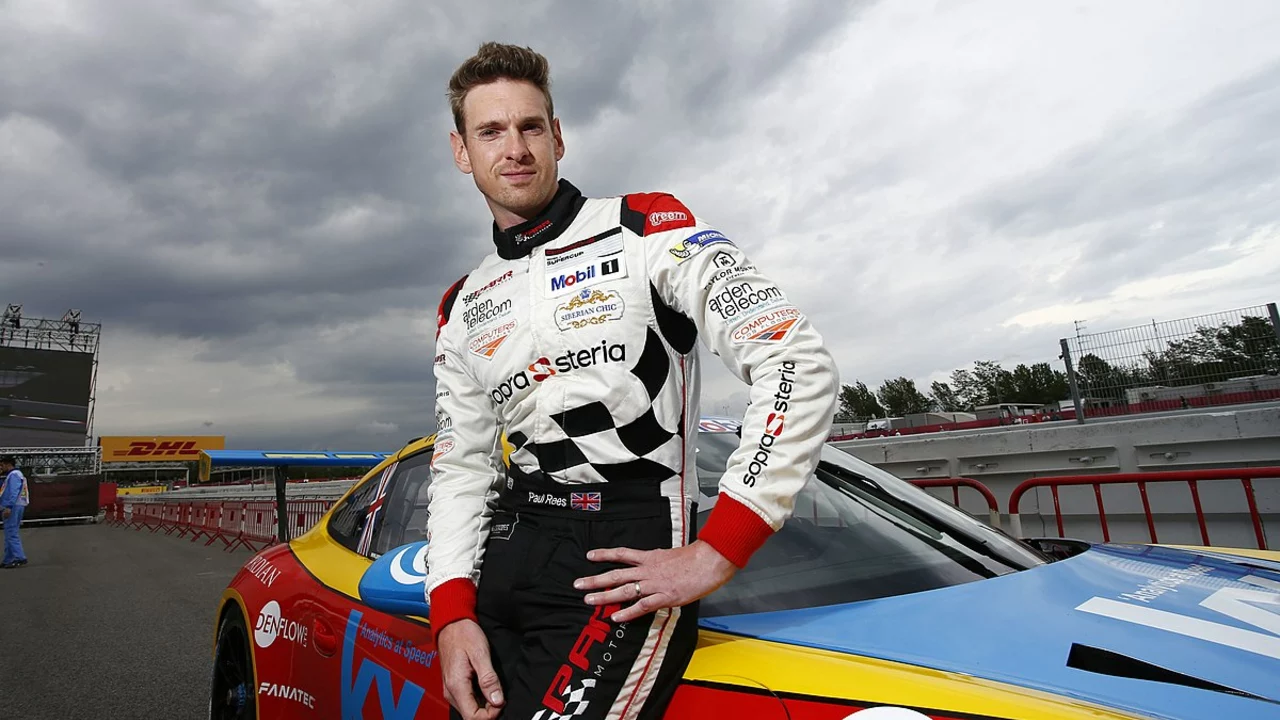Become a Race Car Driver in the US – Your First Steps
Ever wondered if you could turn a love for speed into a real job? It’s not a pipe dream, but it does take a plan. Below you’ll find the practical moves you need to make, from the garage to the podium. No fluff, just what works for people who are actually doing it.
Learn the Basics and Get Trained
The first thing every driver does is learn how a car works. That means reading manuals, watching how‑to videos, and maybe spending a weekend in a local garage. Understanding the engine, brakes, and suspension gives you a language to talk to mechanics and engineers later on.
Next, sign up for a reputable driving school. Look for programs that offer high‑performance car instruction and a clear path to a racing licence. Schools such as the Skip Barber Racing School or the Bondurant Academy teach car control, track etiquette, and the safety rules you’ll need for any competition.
While you’re in school, start a fitness routine. Racing is physically demanding – you’ll need core strength, neck endurance, and good cardio to handle g‑forces and stay sharp for long runs.
Hit the Track, Build a Network, and Find Sponsorship
After you’ve got the basics down, get on a track. Begin with karting or entry‑level series like Spec Miata. These classes are cheap, teach racecraft, and let you collect results you can show to sponsors.
Networking is as important as driving fast. Join local clubs, attend race weekends, and talk to everyone from crew chiefs to fellow drivers. Social media helps – post your track days, share lap times, and engage with the community. The more visible you are, the easier it is to attract a sponsor who sees your dedication.
Sponsorship isn’t just about money; it’s about relationships. Prepare a simple pitch that includes your results, your goals, and what the sponsor will get in return – logo placement, social media mentions, or hospitality at events. Keep it professional but personal; sponsors like to know the person behind the helmet.
Finally, work on your racing licence. In the US you’ll need a competition licence from the SCCA or NASA. The process usually involves a written test, a medical exam, and a certain amount of logged track time. Once you have the licence, you can enter regional and national races, which opens doors to higher‑level teams.
Putting these steps together – learn the car, get formal training, race in entry series, network, and secure sponsorship – gives you a realistic roadmap. It won’t be easy, but if you stick to the plan and keep improving, the chance to sit behind a race car’s wheel gets bigger every month.
